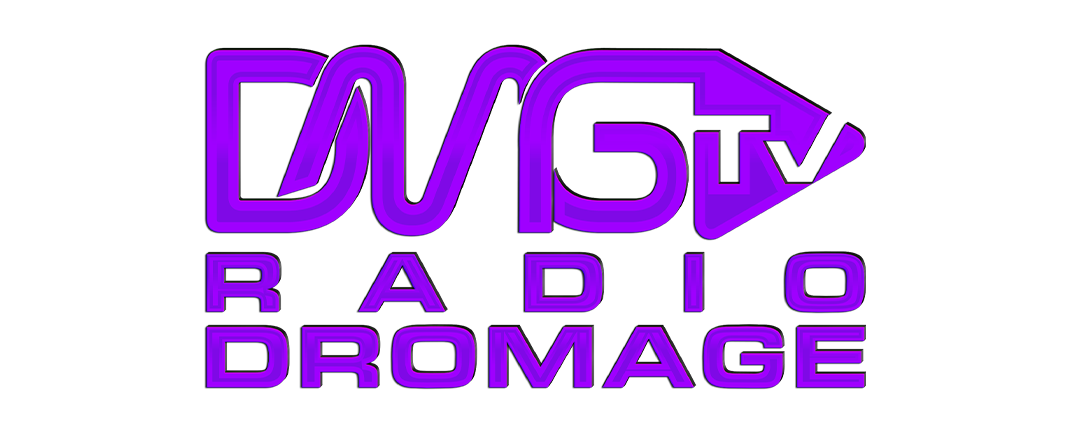Listeners:
Top listeners:
-
 play_arrow
play_arrow
RADIO DROMAGE
 Bloc Party - Helicopter
Nothing much really
Lucy Harty
Bloc Party - Helicopter
Nothing much really
Lucy Harty
 Chase Rice - Ready Set Roll
Are we on air???
Roy Yellow
Chase Rice - Ready Set Roll
Are we on air???
Roy Yellow
 Annoying Orange - Party Rock
You know I come to party hard!!
Annoying Orange - Party Rock
You know I come to party hard!!
Toward zero AIDS by 2030: Haiti renews efforts to safeguard HIV care despite escalating violence

PORT-AU-PRINCE — Haiti marked World AIDS Day with a campaign spotlighting the country’s progress in fighting HIV and the healthcare system’s challenges, strained by rising gang violence and instability, which have forced hospital closure and disrupted care for thousands of patients, including those living with HIV.
The Ministry of Public Health held an awareness event on Nov. 30 under the theme “Ann respekte dwa tout moun pou fini ak SIDA” — “Let’s respect everyone’s rights to end AIDS,” emphasizing the importance of human rights in eradicating the disease.
“Insecurity and violence have forced many patients to flee Port-au-Prince or hide in shelters, making it difficult for them to continue treatment,” said Dr. Patrice Joseph, director of the HIV program at GHESKIO to The Haitian Times. “We are seeing an increase in tuberculosis and new HIV diagnoses among adolescents, exacerbated by the socio-political crisis.”
This year’s global World AIDS Day theme, “Take the rights path to end AIDS,” underscores a human rights approach to fighting the disease. It aims to support people living with HIV while remembering those lost to AIDS, according to UNAIDS, and aligns with the global goal of ending AIDS as a public health threat by 2030.
In Haiti, the Nov. 30 event provided a moment to assess hard-won progress against AIDS, despite a backdrop of persistent instability. The event served as both a celebration of progress and a call to action to prevent the crisis from undoing decades of hard work.
Haiti has reduced its HIV prevalence to 2%, as part of the Zero AIDS by 2030 program with 71% of people living with HIV on antiretroviral treatment (ART) and 74% achieving viral suppression in 2023, according to Dr. Marvins Beris, Director of the National Program for the Fight Against AIDS (PNLS).
“We’re working to reach 95% coverage for treatment and viral suppression,” Dr. Beris said. “That would bring the epidemic under control in normal conditions. But current conditions in Haiti are anything but normal.”
However, the challenges are stark. In Port-au-Prince, the impact gang violence has had on access to healthcare is increasingly precarious.
Adapting HIV care amid escalating violence
More than 20 hospitals have shut down across the country due to gang violence, leaving thousands without access to medical care. GHESKIO, Haiti’s largest HIV treatment center, has faced repeated gang attacks and staff kidnappings, further disrupting services. The instability has forced many patients to flee Port-au-Prince for rural provinces or shelters.
“Patients are scared to come to clinics,” Dr. Joseph said. “Some have relocated far from treatment centers, making it harder to ensure continuity of care.” Retaining patients in care remains a significant challenge, particularly for adolescents, Joseph noted. Between 2020 and 2023, GHESKIO recorded a rise in new HIV diagnoses and tuberculosis cases among young people aged 15 to 24.
Haiti’s HIV epidemic disproportionately affects women, with a prevalence rate of 2.2% compared to 1.4% among men.
More than 140,000 people, including 5,700 children under 15, are living with HIV. To address the crisis, GHESKIO has implemented adaptive strategies, including decentralized care and directly observed therapy for patients in unsafe areas. Field workers conduct follow-ups to ensure patients stay in treatment, and housing assistance is offered to those unable to travel safely.
Progress amid persistent challenges
Despite the challenges, there has been steady progress. ART coverage expanded to 127,400 people by December 2021, a dramatic increase from 2010. However, thousands remain undiagnosed or untreated. In 2021 alone, 4,300 new HIV infections and 1,500 AIDS-related deaths were recorded.
“Patients are scared to come to clinics. Some have relocated far from treatment centers, making it harder to ensure continuity of care.”
Dr. Patrice Joseph, HIV Program Director of GHESKIO
These figures underscore the importance of achieving the UNAIDS “95-95-95” goals by 2030: ensuring 95% of people know their HIV status, 95% of diagnosed individuals receive ART, and 95% on treatment maintain suppressed viral loads.
“Retention is key,” Joseph said. “We need sustainable solutions that account for the country’s instability.”
Despite the crisis, health officials are optimistic about eliminating HIV as a public health threat by 2030. GHESKIO has adapted its operations, ensuring up-to-date contact information for staff and patients, and relocating some core staff to live near treatment centers for safety.
“Haiti’s national HIV/AIDS program must evolve to survive,” Joseph said. “Our priority is keeping patients connected to care while maintaining high standards.”
The post Toward zero AIDS by 2030: Haiti renews efforts to safeguard HIV care despite escalating violence appeared first on The Haitian Times.
Toward zero AIDS by 2030: Haiti renews efforts to safeguard HIV care despite escalating violence was first posted on December 4, 2024 at 1:33 pm.
Écrit par: Viewcom04
Articles similaires
Articles récents
- Tension, vigilance and celebration take center stage at Labadie’s committee president election | PHOTOS
- First deaths reported from Fort-Liberté gasoline blast, child and mother die from burn injuries
- En Haïti, ils transforment les déchets plastiques en objets utiles
- La CSCCA fixe au 31 décembre 2025 la date butoir pour la soumission des contrats publics
- À la Sorbonne, le Recteur de l’UEH relance le combat pour la restitution et la réparation de la dette de 1825
Commentaires récents
Aucun commentaire à afficher.-

Drive Time
Avec Radio DROMAGE
For every Show page the timetable is auomatically generated from the schedule, and you can set automatic carousels of Podcasts, Articles and Charts by simply choosing a category. Curabitur id lacus felis. Sed justo mauris, auctor eget tellus nec, pellentesque varius mauris. Sed eu congue nulla, et tincidunt justo. Aliquam semper faucibus odio id varius. Suspendisse varius laoreet sodales.
close Chart
-
1
play_arrowYo Dim Sa
K-Dans
-
2
play_arrowBiznis Pam
Djakout #1
-
3
play_arrowJere'm
Harmonik
-
Top popular

Le gouvernement haïtien définit ses priorités pour le prochain budget
Processus électoral : le COSHARCO et la CSH accusés de favoritisme
Flashback | Bombardopolis-Haïti, terre d’accueil pour Johannes Drumpft, l’arrière-grand-père de Donald Trump

Hubdemy, une plateforme de cours en ligne lancée par des étudiants et professionnels haïtiens pour booster l’éducation
Pafwa



